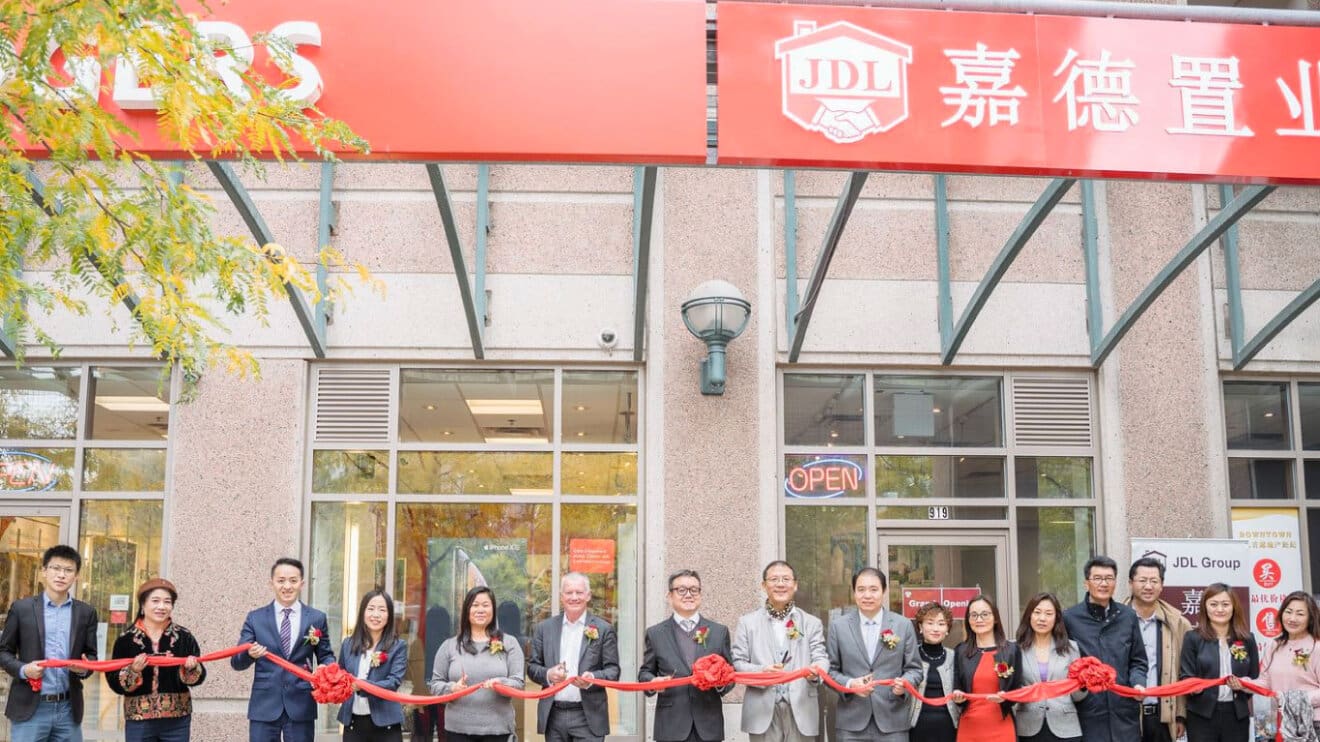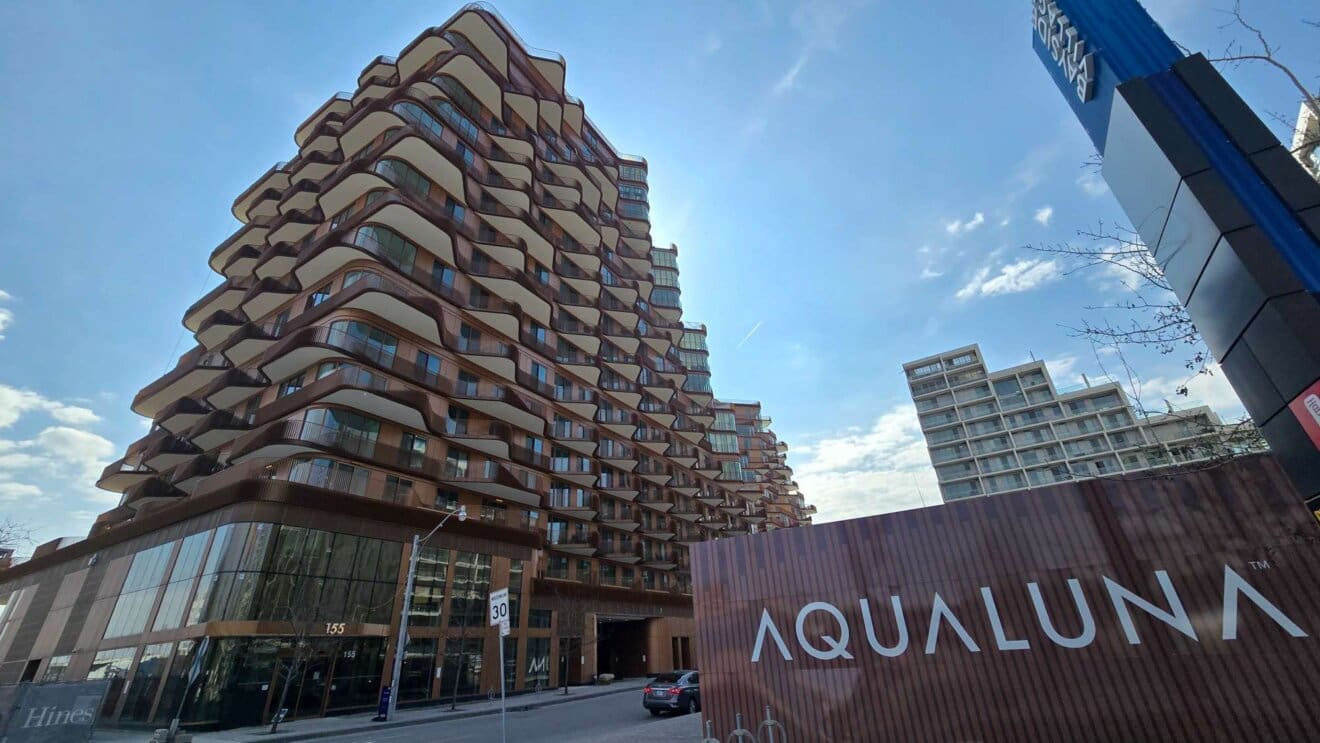
Generally, most investors in commercial real estate initially choose to lease rather than directly purchase a commercial property.
First, leasing office space in the commercial real estate market undoubtedly lowers initial costs, allowing the company to retain enough reserve capital to withstand risks. This is a common strategy in commercial real estate to manage financial exposure while still securing necessary space.
Second, many commercial real estate investors are not entirely clear about the future scale of their company, its operational focus, and other factors when they start investing or running a business. In the future, the company may relocate or expand. Choosing to lease a commercial property allows for easier adjustments during the company’s growth, which is a significant advantage in the dynamic commercial real estate market.
Valuing Commercial Property
Commercial properties are valued differently from residential properties. Commercial property value is generally measured using the rent-to-sale ratio. For example, a 10,000 sq ft mall, if rented to individual retailers at $300/sf, the mall’s total value would be $3,000,000. However, if rented to a bank, the rent might reach $500/sf, and the mall’s total value would reach $5,000,000. Generally, the best tenants for commercial properties are government agencies, followed by banks and large corporate headquarters. These tenants are often very stable, frequently renewing leases for ten or twenty years. The third category of tenants is various commercial enterprises, while retail businesses and small companies are the least stable tenants.
Key Considerations
- Parking: Operating a company requires considering parking for employees or customers. You need to consider the number of reserved and first-come, first-serve parking spaces, which are essential in commercial real estate.
- Commercial Signage: Whether advertising signs are allowed, where they can be placed, the size, font, basic colour, and whether fees are required, all need to be considered when dealing with commercial real estate.
- Use: Pay attention to businesses that may cause pollution, noise, or other environmental impacts, which are critical considerations in commercial real estate.
- Operating Hours: For non-standalone commercial properties in commercial real estate, consider the building or mall’s operating hours, whether it can be open on weekends and holidays, whether you are allowed to use your leased unit after hours, and how water/electricity fees, air conditioning, and cleaning fees are calculated. All of these should be clearly stated in the commercial real estate contract.
- Security System: Businesses such as banks, jewelry stores, and art galleries in the commercial real estate market often require special high-standard security systems.
- Truck Loading Dock: For businesses involving large-scale goods transfer in commercial real estate, it is important to have appropriate and sufficient truck loading/unloading space.
Commercial Lease Cost Calculation Methods
- Gross Lease: In a gross lease within the commercial property market, tenants pay a fixed monthly rent to the landlord without needing to cover additional expenses like property tax, management fees, insurance, or common area charges.
- Net Lease: Net leases in commercial property can be further divided into NET (Single Net) Lease, NET/NET Lease, and NET/NET/NET (Triple-Net) Lease. In a Triple-Net Lease, tenants are responsible for all fees and assume full responsibility, while the landlord simply collects the rent. This arrangement may seem less favourable to tenants, so such leases are relatively uncommon.
The term “Net Lease” typically refers to the NET/NET Lease, the most common form of commercial leasing. Besides paying a fixed Net Rent, tenants are also required to cover T.M.I., which includes property tax, management fees, and insurance, or the increasingly popular T & O (Tax & Others), which encompasses property tax and other related fees.
Net Rent can be calculated either monthly or annually per square foot.
- Base and Additional Rent: This lease type is commonly used in large industrial or office buildings. In addition to Base Rent (sometimes called Minimum Rent), tenants are responsible for a portion of the building’s operating costs.
- Percentage Lease: Common in retail, this type of lease is calculated as a percentage of revenue. Tenants pay a fixed Minimum Rent plus a percentage of revenue that exceeds a predetermined amount. Monthly sales performance must be reported to the landlord as part of the lease agreement.
Angus Glen, Markham’s Luxury Neighborhood
Hillcrest Village, Toronto Neighbourhood Guides

Your Industry Experts
We’re here to help. Whether you’re an agent or a client, we have the support and expertise you need to thrive in your next endeavour.





